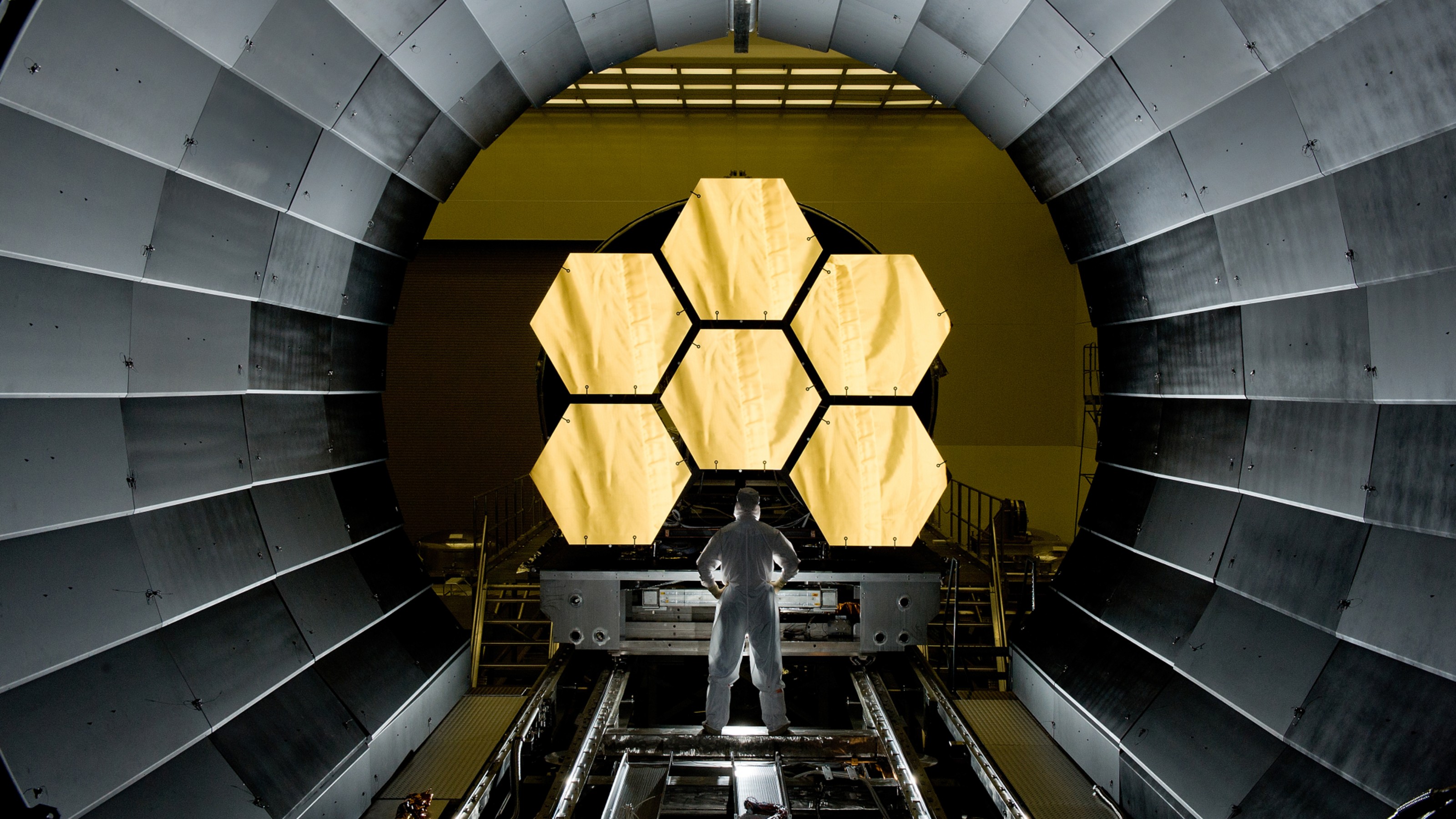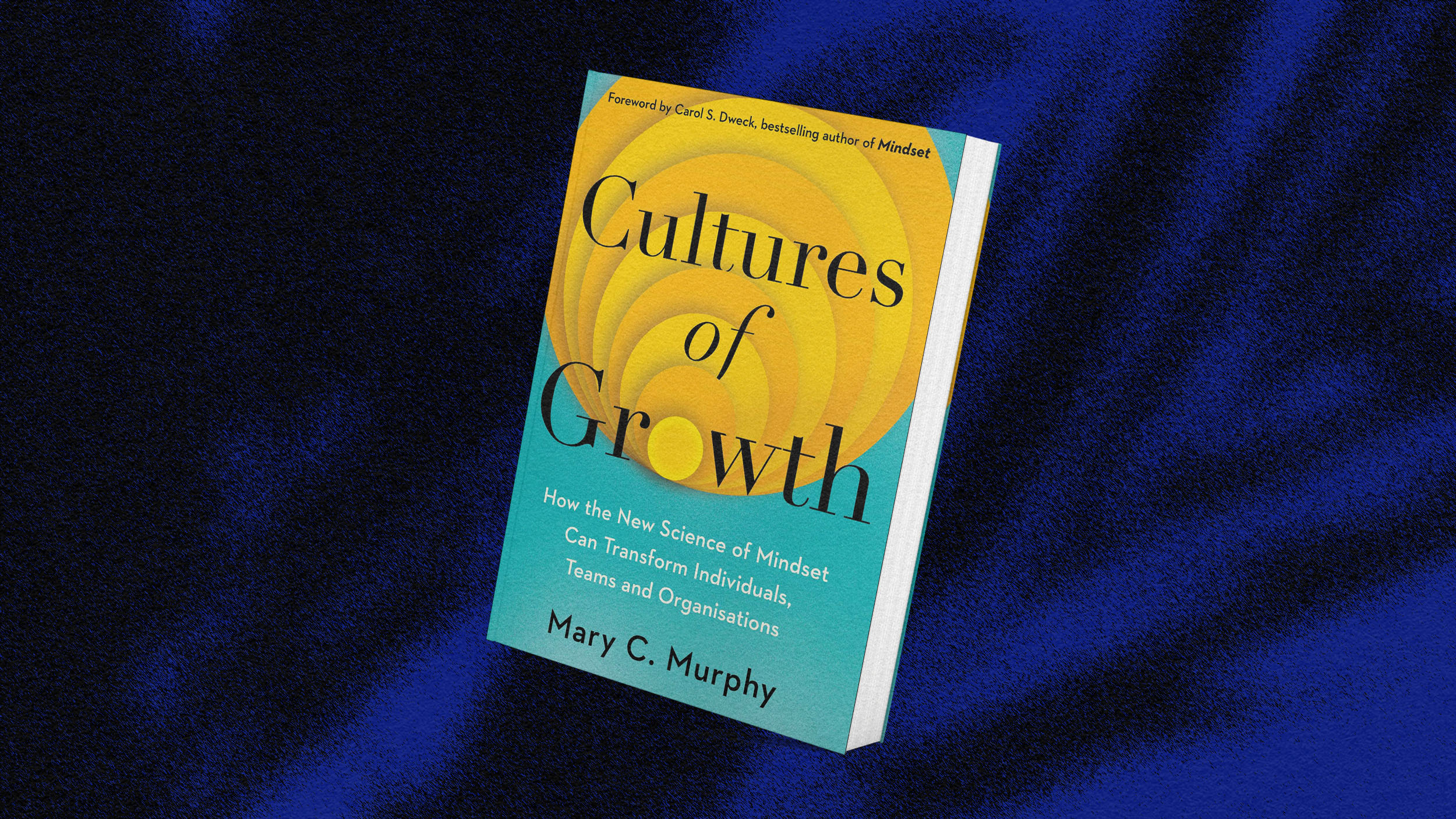The Future of 21st Century Science: Tearing Down Knowledge Silos

How do you speed the pace and reduce the cost of discovery?
When Darwin’s theories were first introduced to the field of biology in the 19th century scientists needed to go into the field and test a great diversity of organisms. They found this diversity in coastal environments, and marine research centers began to spring up all over the world. Some of the most famous ones were located on the eastern seaboard of the United States such as the Woods Hole Oceanographic Institute, Cold Spring Harbor and the Mount Desert Island Biological Laboratory.
The dominant approach at this time was comparative biology, or the search to understand the complexity and diversity of life at all levels. A number of developments during the 20th century changed this, such as the advent of modern genetics. You can also point to the establishment of the NIH, which led to the corporatization of research. Artificial disciplinary boundaries were drawn, and research was put in silos that grew ever narrower. Therefore, you have scientists who study mice. You have scientists who study yeast. Institutional boundaries and funding incentives often discourage, rather than encourage people in different fields to collaborate.
Fortunately today we are starting to see biological research come full circle again. The interdisciplinary approach both to research and learning is starting to gain favor again because people are starting to recognize the dysfunction that is often apparent in large research institutions, but also because the small and nimble research labs are proving they have a method for speeding the pace and reducing the cost of discovery.
I had the chance to see this firsthand at the Mount Desert Island Biological Laboratory(MDIBL) in Maine. MDIBL was the brainchild of George Dorr, the “father” of Acadia National Park who wanted to marry conservation with a culture of learning. MDIBL was a seasonal research institute until 2000. Today it has an annual budget of $10 million and over 50 employees.
Mount Desert Island is the home of Acadia National Park and the Mount Desert Island Biological Laboratory.
The impresario of this operation is Kevin Strange, a transplant from Vanderbilt who seems right at home in a kayak in Mount Desert Island’s Frenchman Bay. Strange is looking to expand the faculty to what would amount to a medium-size academic department.
Strange is off to a good start with the establishment of the Davis Center for Regenerative Biology and Medicine. One notable recruit is Voot Yin, who is studying the big question of how we can “turn on” the regenerative capacity of humans.
While humans do not have the ability to regenerate new tissue, in recent years our understanding of miRNAs has increased significantly. We no longer regard miRNAs as “junk” but as powerful regulators of gene expression.
While we are still a long way off from being able to manipulate miRNAs to “turn on” our capacity to regenerate new organs, Voot Yin’s research suggests exciting possibilities. Yin’s model organism is the zebrafish, a tropical freshwater fish whose complex organs are capable of “robust” regeneration in a very short amount of time.
Voot Yin observing zebrafish larvae at MDIBL’s Davis Center for Regenerative Biology and Medicine.
In larval stages, we can observe zebrafish regenerating tissue of many organs, including even the brain. The organ regeneration happens quickly and can be observed with great optical clarity.
In an upcoming post we will take an in-depth look at Voot Yin’s work. In the meantime, the question that remains to be answered is “how do you speed the pace and reduce the cost of discovery?” Kevin Strange says small and nimble research labs such as MDIBC have a unique opportunity, and he points to an illustrative example.
Due to their short life cycle and developmental process, zebrafish have been used in wide-ranging studies for the treatment of cancer, melanoma, cardiovascular disease, and repairing the immune system.
Ron Korstanje, a senior research scientist at The Jackson Laboratory, studies chronic kidney disease in mice with the aim to “delay the renal aging process and eliminate the need for burdensome treatments,” such as dialysis and kidney transplants. The mouse-centric Jackson Laboratory is a neighboring institution to MDIBL in Bar Harbor, Maine.
In collaboration with Hermann Haller and Mario Schiffer at MDIBL, Korstanje inhibited candidate genes in zebrafish. According to Kevin Strange, Korstanje’s mouse model “would have cost millions of dollars and taken years.” His collaborative project at MDIBL “knocked the time down to months and the cost down to thousands.”
Follow Daniel Honan on Twitter @Daniel Honan





